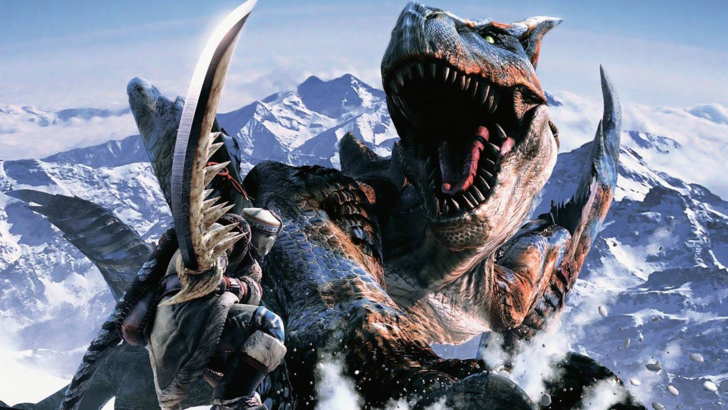
Monster Hunter is renowned for its diverse weapon types and captivating gameplay, but did you know that some weapons from earlier games haven’t made it to the newer releases? Dive into the history of Monster Hunter weapons and discover more about this iconic franchise.
← Return to Monster Hunter Wilds' main article
History of Weapon Types in Monster Hunter
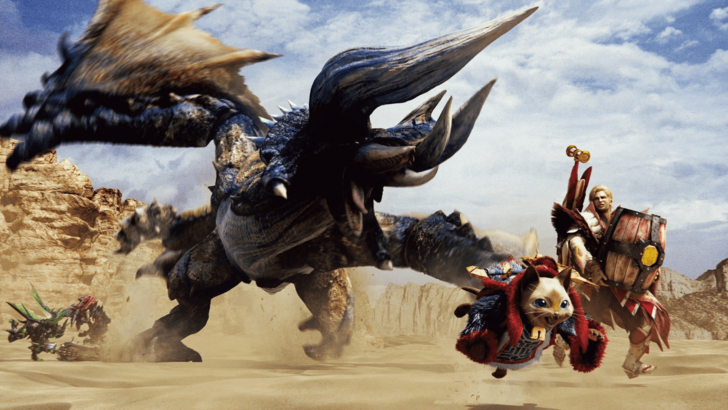
Monster Hunter has been a beloved series for over two decades, starting with its first release in 2004. One of its hallmarks is the variety of weapon types available to players, each with unique strengths, weaknesses, movesets, and mechanics. Monster Hunter Wilds will feature fourteen different weapon types, each requiring players to master their intricacies. The evolution of these weapons from their initial forms to the latest iterations showcases significant advancements. Additionally, some weapons from older games never made it to the West, adding a layer of intrigue to the series' history. Let's delve into the history of Monster Hunter, focusing on the pivotal role of weapons in the hunter's arsenal.
First Generation

The first generation of Monster Hunter introduced several iconic weapons that have evolved over time, shaping the series' identity.
Great Sword
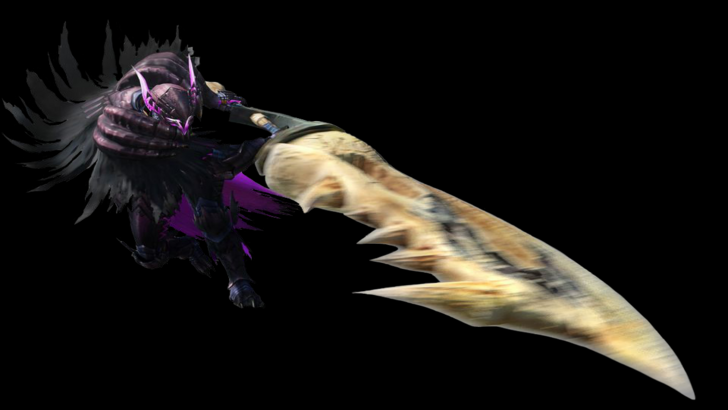
The Great Sword, introduced in 2004, is a powerhouse known for delivering high damage with each swing. Its slow movement and attack speed require players to master hit-and-run tactics. In the original game, it featured a unique damage mechanic where strikes with the blade's center dealt more damage than those with the tip or hilt. Monster Hunter 2 introduced the Charged Slash, a move that has since become synonymous with the weapon. Subsequent games enhanced the Great Sword's charging mechanics and introduced fluid combos, such as the shoulder tackle in Monster Hunter World, which allows players to transition quickly into a charged attack. The Great Sword is accessible yet challenging, with a high skill ceiling that rewards precision and timing.
Sword and Shield
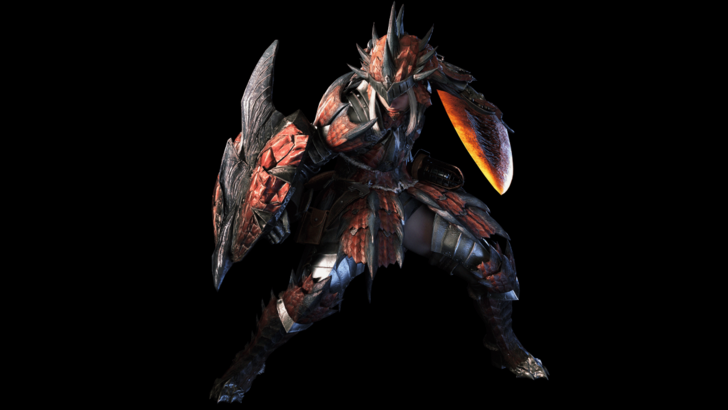
The Sword and Shield embodies versatility, offering a balanced mix of offense and defense. Initially seen as a beginner-friendly weapon due to its straightforward mechanics, it has evolved with added complexity. The original game focused on quick combos and mobility, while Monster Hunter 2 allowed players to use items without sheathing the weapon. Over time, the Sword and Shield gained new moves like shield bash combos, backstep attacks, and aerial finishers. Despite its lower damage output compared to other weapons, its utility and adaptability make it a formidable choice, often underestimated but deeply rewarding.
Hammer
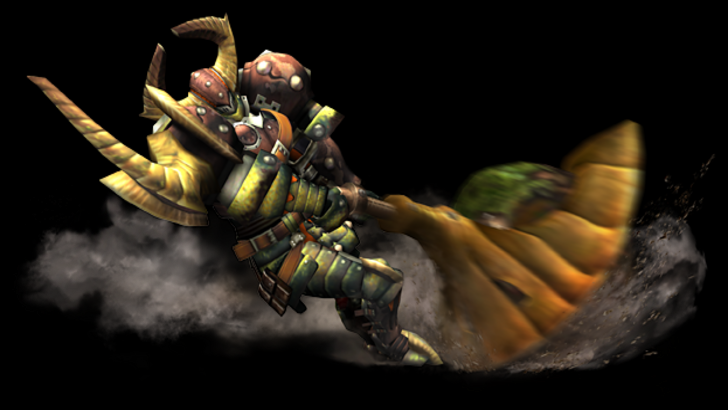
The Hammer, focusing on blunt damage, excels at breaking monster parts and inducing knockouts. Its playstyle, similar to the Great Sword, emphasizes hit-and-run tactics but offers superior mobility. The Hammer's unique charge mechanic allows movement while charging, setting it apart from other weapons. Its moveset has seen significant changes in Monster Hunter World and Rise, with the introduction of the Big Bang and Spinning Bludgeon attacks. The weapon now features Strength and Courage modes, each affecting charge attacks differently, adding strategic depth to its use. Mastering the Hammer involves learning to target monster heads effectively to maximize its stunning potential.
Lance
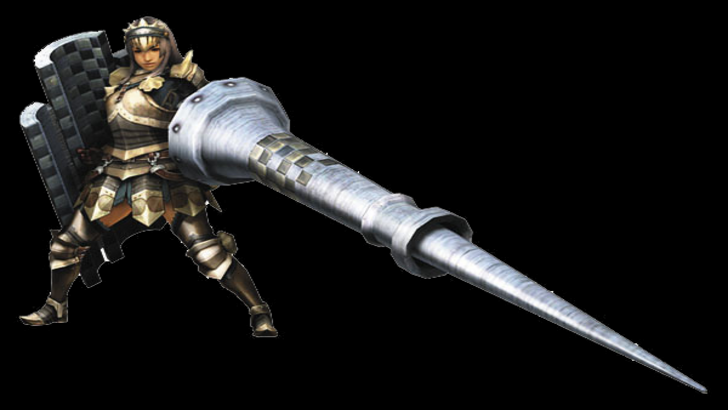
The Lance is the epitome of defensive play, offering a large shield for blocking and long-range thrusts for attacking. Its playstyle resembles that of an outboxer, focusing on poking from a safe distance. Monster Hunter 2 introduced a Counter mechanic, enhancing its defensive capabilities. While often seen as less flashy, the Lance's unique design rewards players who stand their ground, turning them into formidable tanks on the battlefield. Its cousin, the Gunlance, offers a different approach but lacks the Lance's defensive prowess.
Light Bowgun

The Light Bowgun, a ranged weapon, is prized for its mobility and quick reload times. While its damage output is lower than the Heavy Bowgun, its ability to Rapid Fire certain ammo types compensates for this. Monster Hunter 4 introduced the Critical Distance mechanic, adding depth to ranged gameplay by requiring players to find the optimal distance for maximum damage. Monster Hunter World further enhanced the weapon with the Wyvernblast mechanic, allowing players to plant bombs on the ground. The Light Bowgun's evolution showcases its balance between ease of use and strategic complexity.
Heavy Bowgun
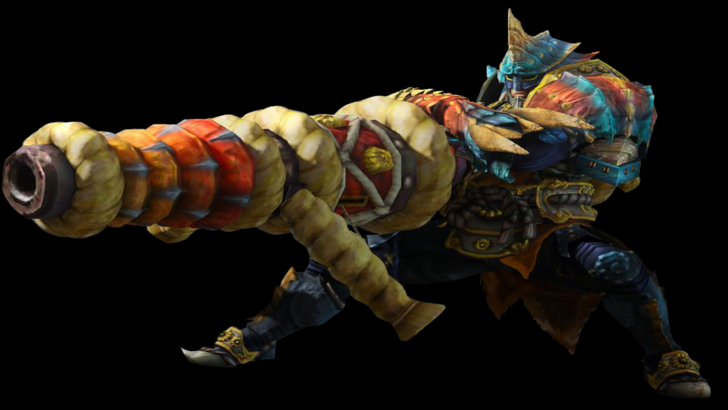
The Heavy Bowgun, introduced in the first generation, is the series' premier ranged weapon, known for its high damage and versatile ammunition. Its slow movement requires players to plan their positioning carefully. Monster Hunter 3 introduced Siege Mode, allowing sustained fire without reloading. Monster Hunter World added the Wyvernheart and Wyvernsnipe special ammo types, enhancing the weapon's firepower. The Heavy Bowgun's design has remained focused on delivering heavy artillery, requiring players to manage their ammo and positioning effectively.
Dual Blades
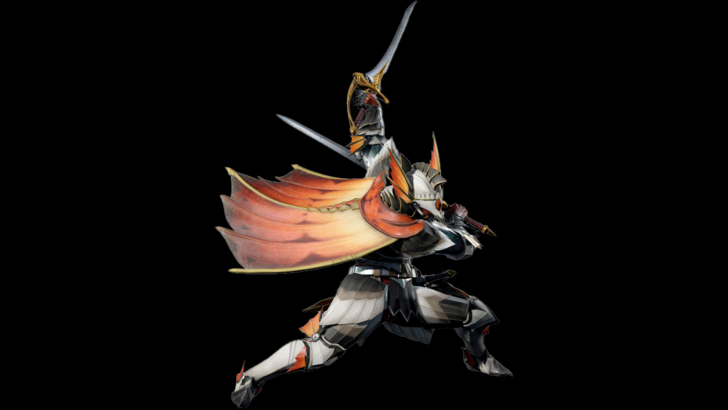
The Dual Blades, introduced in the Western release of the first game, are known for their speed and ability to inflict status ailments and elemental damage. The weapon's Demon Mode, introduced early in the series, enhances damage at the cost of stamina. Monster Hunter Portable 3rd and 3 Ultimate introduced the Demon Gauge and Archdemon Mode, allowing access to new attacks without stamina drain. The Dual Blades' fast-paced, fluid combos make it a popular choice for players seeking an aggressive playstyle.
Second Generation

The second generation of Monster Hunter games introduced new weapons that built upon the foundations of the originals, offering unique movesets and mechanics.
Long Sword
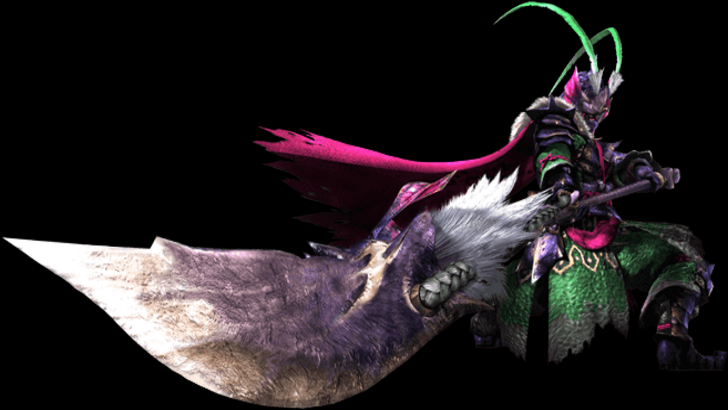
The Long Sword, introduced in Monster Hunter 2, is celebrated for its fluid combos and high damage. Unlike the Great Sword, it emphasizes mobility and a more dynamic combo structure. The Spirit Gauge, central to its mechanics, fills with successful attacks, granting access to the powerful Spirit Combo. Monster Hunter 3 introduced new Spirit Gauge levels and the Spirit Roundslash finisher, while Monster Hunter World added the Foresight Slash for parrying. The Long Sword's evolution has shifted it towards a more counter-based playstyle, enhancing its dynamic and rewarding nature.
Hunting Horn
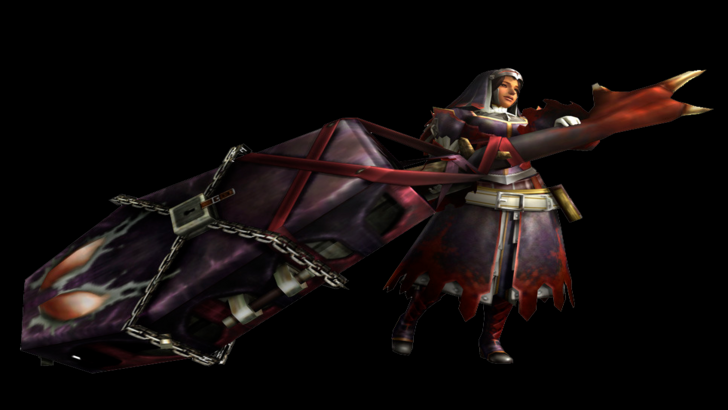
The Hunting Horn, introduced in Monster Hunter 2, is the quintessential support weapon, using Recital mechanics to play beneficial songs. While it deals impact damage like the Hammer, its focus is on providing buffs to the team. Monster Hunter 3 Ultimate allowed note playing during attacks, enhancing its fluidity. Monster Hunter World introduced song queuing, and the Iceborne expansion added Echo Notes for additional buffs. Monster Hunter Rise overhauled the weapon, simplifying its mechanics but sparking debate over its loss of complexity. The Hunting Horn remains a unique blend of offense and support, crucial for team play.
Gunlance
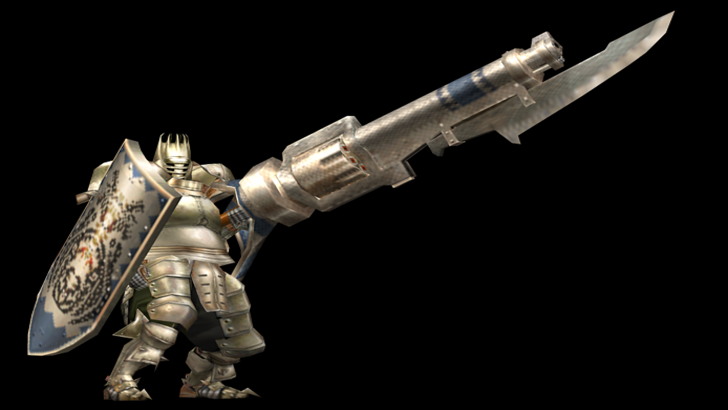
The Gunlance, introduced in the second generation, combines the Lance's defensive capabilities with explosive shelling. Its unique Shelling Abilities vary by weapon type, affecting its explosive potential. Monster Hunter 3 introduced quick reloads and the Full Burst attack, while Monster Hunter X added the Heat Gauge for increased damage. Monster Hunter World introduced the Wyrmstake Shot, adding a new finisher to its arsenal. The Gunlance's aggressive playstyle requires balancing physical and explosive damage, making it a dynamic choice for players.
Bow

The Bow, introduced in Monster Hunter 2, is known for its agility and close-to-mid-range combat. Its hit-and-run style focuses on landing arrows on weak spots and utilizing multi-hitting attacks for elemental damage. The weapon's Coatings enhance its versatility, allowing for different damage types and effects. Monster Hunter World streamlined its moveset, making it more combo-heavy, while Monster Hunter Rise reintroduced Shot Types tied to charge levels. The Bow's evolution emphasizes its aggressive, fluid playstyle, setting it apart from other ranged weapons.
Third and Fourth Generation
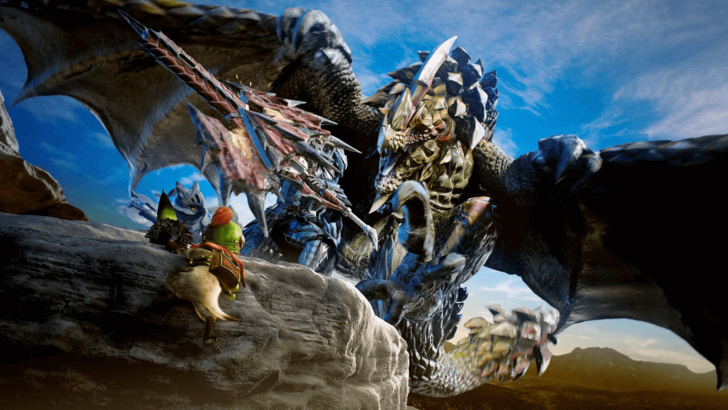
The third and fourth generations of Monster Hunter introduced innovative weapons with unique mechanics, adding depth to the series.
Switch Axe
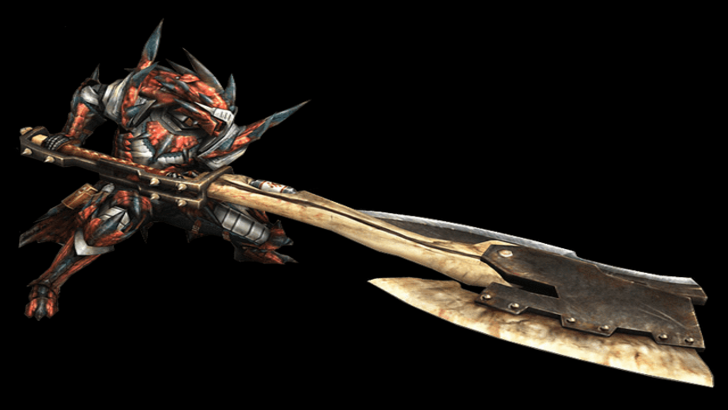
The Switch Axe, introduced in Monster Hunter 3, features two modes: Axe Mode for mobility and Sword Mode for damage. Initially, players had to unlock the weapon through a quest, but it became available from the start in subsequent games. Monster Hunter World introduced the Amped mechanic, empowering Sword Mode with Phial effects. Monster Hunter Rise extended this to both modes, encouraging form-switching for maximum damage. The Switch Axe's unique transformation mechanics offer a fresh gameplay experience, balancing offense and mobility.
Insect Glaive
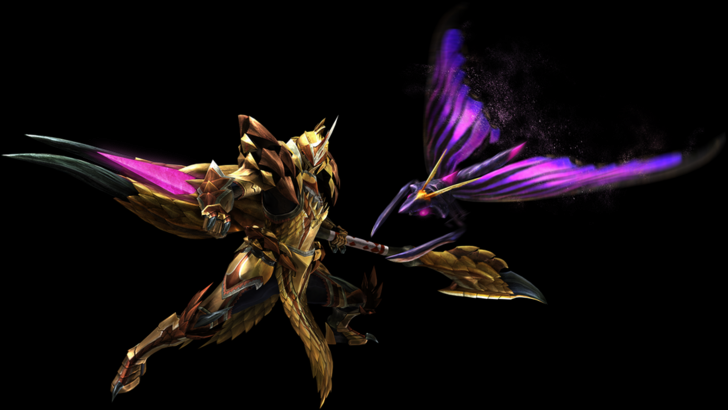
The Insect Glaive, introduced in Monster Hunter 4, is renowned for its aerial capabilities and the Kinsect companion. The Kinsect collects essences from monsters, granting buffs to the hunter. The weapon's core gameplay revolves around quickly gathering red, white, and orange essences to enhance attack, mobility, and defense. Monster Hunter World: Iceborne added the Descending Thrust finisher, while Monster Hunter Rise simplified the Kinsect upgrade system. The Insect Glaive's unique mechanics and aerial prowess make it a standout weapon in the series.
Charge Blade

The Charge Blade, introduced in Monster Hunter 4, is celebrated for its versatility and complex mechanics. It features Sword and Axe Modes, using Sword Mode to charge Phials and Axe Mode to unleash the Amped Elemental Discharge. Mastering the Charge Blade involves understanding its Guard Points and transitions between modes. Despite its steep learning curve, the weapon's depth and rewarding playstyle make it a favorite among players seeking a challenge.
Will There Be More?
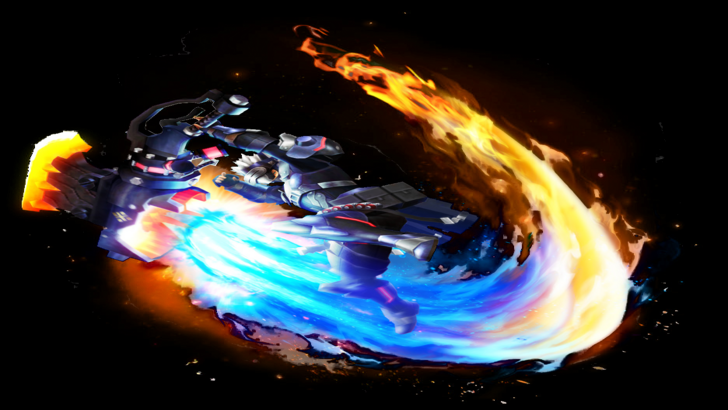
While Monster Hunter Wilds will feature the fourteen weapons mentioned, the series has a rich history of additional weapons not included in some Western releases. With its long history, the future of Monster Hunter could see the introduction of new weapons or the return of older ones. As a fan of the Sword and Shield, I eagerly anticipate what new weapons might bring to the series, adding even more depth to its already engaging gameplay.
You may also like...

















